#universal design
Explore tagged Tumblr posts
Note
oh shit i’m aware! :0 happy October!
what sort of society wide structural accommodations would you like to see in place to help/make more accessible for little people?
Aaaaah this ask is so old now I'm so sorry!! (Things can get lost among all the hate messages lol) But gosh so many things!!
• The first is step stools EVERYWHERE!!! Public access to step stools would solve most of the problems little people face with access. I'm talking bathrooms, service desks, cash registers, libraries, clothing stores - the list goes on! They could fold away for easy access, or blend in as universal design.
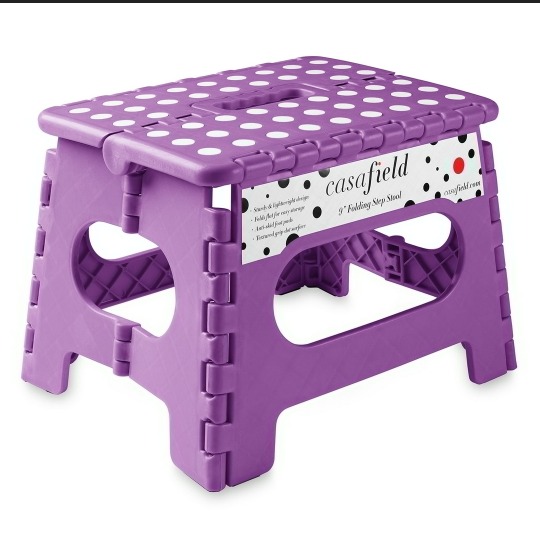
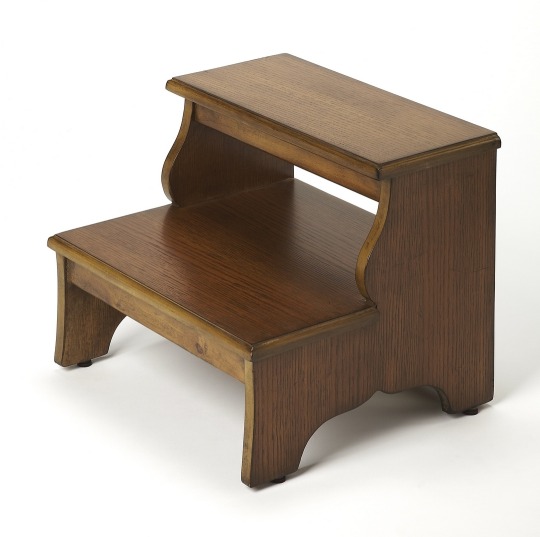
There's even these amazing fold up ones I've seen that get automatically tucked away to prevent tripping hazards:
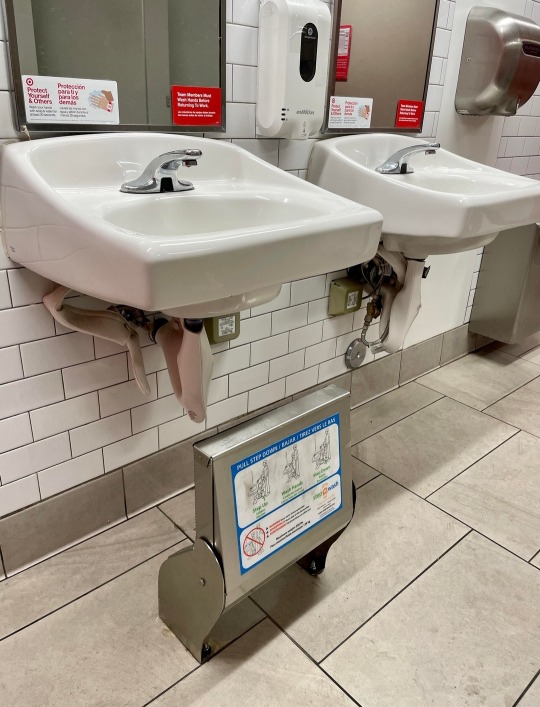
The second is for grab bars such as these (see bellow) for easier toilet access to be more widespread. It's important that toilets remain the height parallel with the average wheelchair, but grab bars can make it much easier for shorter people to hoist.
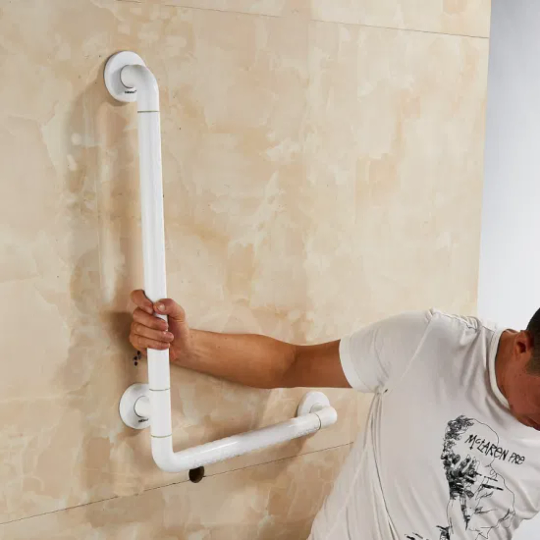
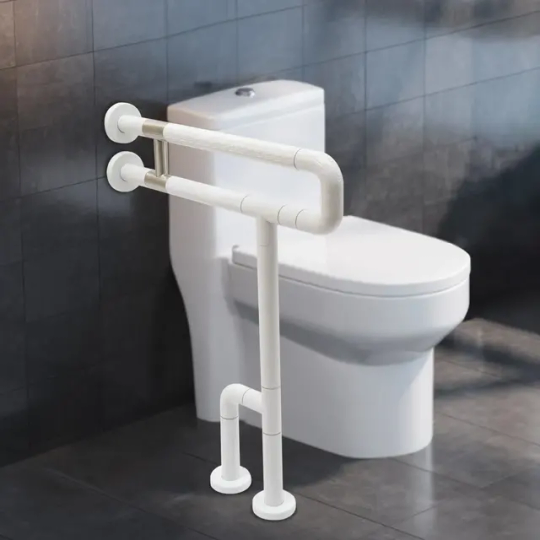
Public bathroom/change room stalls that go close to/all the way to the floor! As a little person, the average stall door ends at my waist (sometimes higher) so I am not guaranteed privacy. I much prefer stalls with minimal viewing access. And as a trans person, stalls that are more private create added safety.
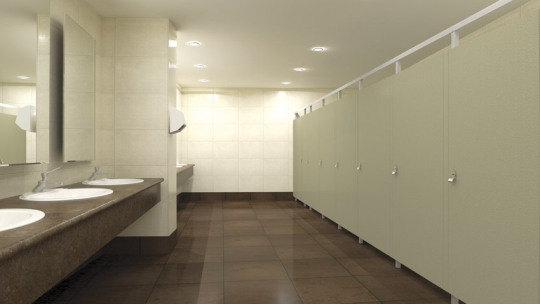
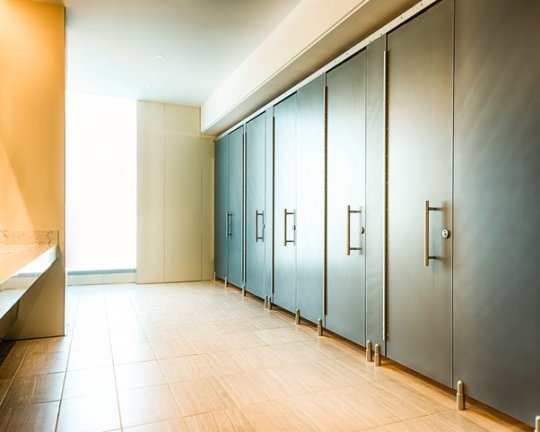
I would love for extended grabbing handles to be standard practice in vehicles!
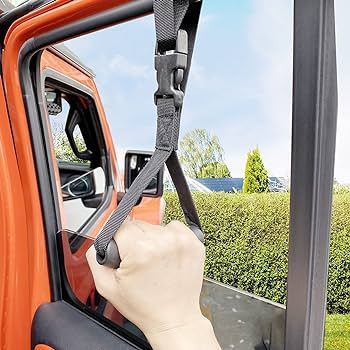
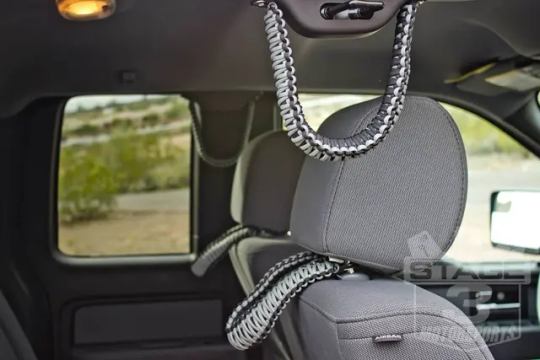
These would make getting in and out of cars much easier for a little person, not to mention elderly folks, children, and other disabled people. Extra foldable steps in cars is also something I've seen and loved.
Adjustable foot hammocks on public desks and tables would be sooo goood! A big source of leg pain for me is that my legs are dangling in every chair I sit in, which cuts off circulation and semi-dislocates my loose joints. Some sort of ledge or hammock would solve this issue.
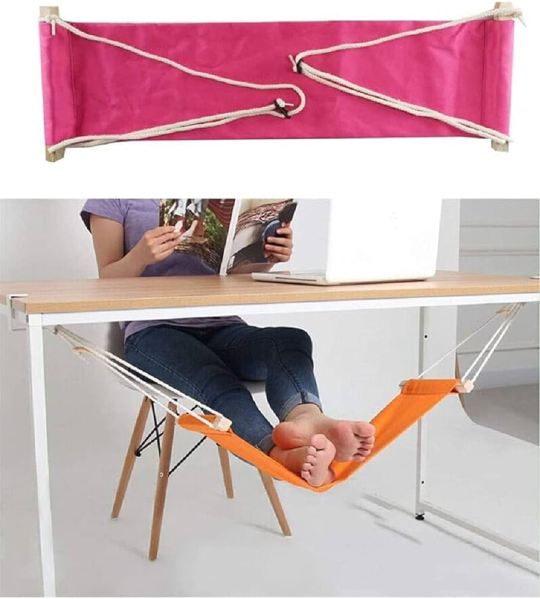
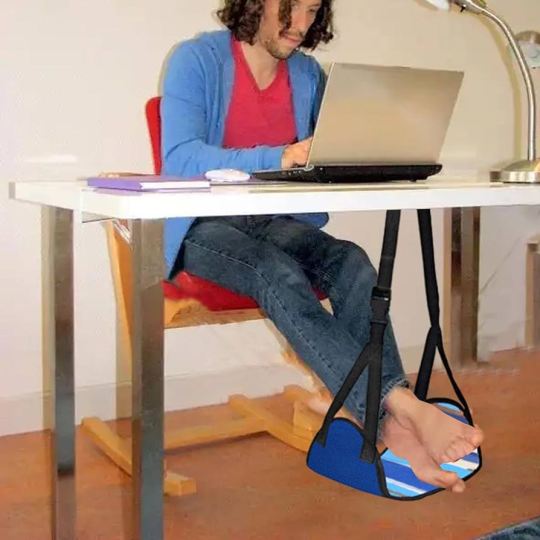
I'm sure there are many more but this is what comes to mind for now!
-Elliot (they/them)
1K notes
·
View notes
Text





The idea of universal design is wonderful and I hope it can only continue to gain traction as more people realize that it means making the world more accessible for everyone and that everyone includes themselves and the people they love.
#universal design#pluto the series#thai gl#gl series#gl drama#thai drama#thai series#gmmtv series#now i don't believe it's entirely possible due to competing needs and the vast spectrum of needs possible for no one to be disabled#or considered to be disabled and need support#but universal design can lessen many aspects of disability and it/s a good thing#only a good thing
108 notes
·
View notes
Text
"Greece is making hundreds of beaches wheelchair-friendly by installing the Greek-designed Seatrac system for wheelchairs.
The system is a free service that offers unassisted sea access to people with disabilities and mobility issues. It is an innovative, technological assistant that promotes autonomy, quality, and wellness in everyday life.
Speaking at a press conference on the project on Thursday, officials said that a total of 287 beaches across Greece will be fully accessible to people with mobility problems by introducing other essential facilities like parking, bathroom/changing facilities, ramps and corridors to sun loungers, and refreshment bars.
Officials said that 147 beaches have already undergone the necessary transformation to make them more accessible.
“Equal access to the sea is an inalienable human right,” said Tourism Minister Vassilis Kikilias, adding that the 15-million-euro project is being funded by the European Union and national resources...
Greece tries to become more wheelchair-friendly
Disabled people in Greece face the challenge that the country was not designed for people in wheelchairs. Even before uneven streets and steps were created, the topography of the country was rocky and mountainous.
The country has made great strides for disabled persons’ ease of movement and access since the 2004 Athens Olympics.
It recently placed concrete in some pathways of the Acropolis despite opposition from archaeologists.
“It’s a crime to wound the Rock, because it’s a monument,” architect Tasos Tanoulas said at the time.
According to the Ministry of Culture, the cementing of certain areas was part of a project to help people with mobility difficulties.
“The disabled, the elderly, people with various problems have the right to see and admire up close the Acropolis monuments,” a statement said at the time.
People with mobility issues hailed the project.
“We’ve been talking about disabled access to the Acropolis since the 2004 Olympics,” said Yiannis Vardakastanis, president of the Confederation of Disabled People.
“Now we can say that any disabled person in the world who wants to visit the Acropolis can do so,” he added.
-via Greek Reporter, 4/7/23
#disability#accessibility#disabled#greece#wheelchair#wheelchair accessible#acropolis#beaches#mobility issues#universal design#good news#hope
670 notes
·
View notes
Text
Why Should I Invest in Making My Library Age-Friendly?
1. If you’re a public library your job is to serve the entire public. Older adults are part of the public too.
2. Most changes that make a library age-friendly helps other groups of users too, such as those with disabilities, people who are short, people with kids in strollers, and pretty much everyone else.
17 notes
·
View notes
Text
Universal Design is Design Leadership
"An environment (or any building, product, or service in that environment) should be designed to meet the needs of all people who wish to use it. This is not a special requirement, for the benefit of only a minority of the population. It is a fundamental condition of good design. "
Principle 1: Equitable Use
Principle 2: Flexibility in Use
Principle 3: Simple and Intuitive Use
Principle 4: Perceptible Information
Principle 5: Tolerance for Error
Principle 6: Low Physical Effort
Principle 7: Size and Space for Approach and Use
Whereas traditional accessibility design creates design parameters based on the needs of a minority group/solely those with disabilities, the Universal Design #schema expands the #desideratum to include, well, everyone.
Ron Mace, the one who coined the term Universal Design, is a #design leader.
7 notes
·
View notes
Text
Today on "Why Diversity Matters": Floorplans
I'm hyperfixated on floor plans: it's a combination of daydreaming about homes and playing Tetris. I look on Pinterest, play around on Floorplanner, and joined the /r/floorplan subreddit, which is where I realized U.S. people live in another world.
Someone posted a plan for a two-bed/one-bath rectangular home they want to build with a footprint of 730 sq ft (68 m2 in non-freedom units). Some of the feedback made sense, but some of it was baffling, like:
Just put a bar, a dining table with chairs won't fit.
2 bedrooms are too many for the area. Be realistic.
A second bedroom is too small because it only fits a single bed and not a queen (OP said he needed it for an office that could double as a guest room).
If you have to put the bed in the corner against a wall it's too small because contact with your body will stain the walls (which isn´t wrong, it's just...)
These are the plans for a 68m2/730 sq ft apartment in my country:
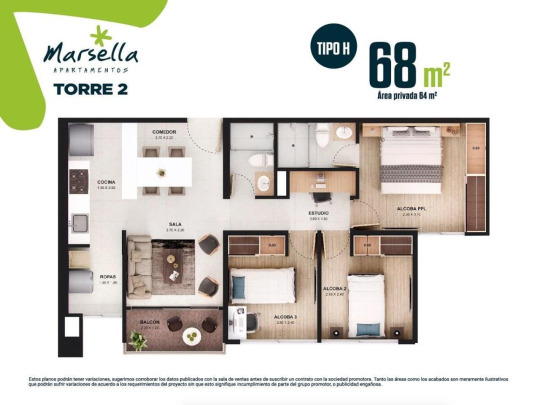
These are real apartments for sale, to scale, where actual families live. They have three bedrooms, two bathrooms, living, dining table, kitchen, utility area, office desk, and even a goddamn balcony! A family of 4 can live here somewhat tight, but with dignity. Now, this isn't rectangular like OP's plan, it's an apartment and not a house, I agree that this isn't ideal, and U.S. building codes are different. I would want more space too, but you can tweak this to fit what OP wanted:
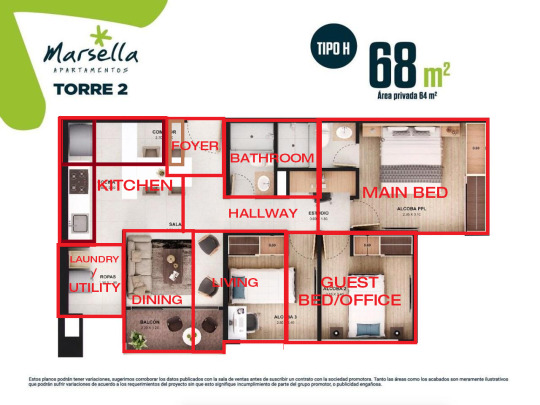
Look! A floorplan with decently U.S. dimensions! Even a foyer with a coat rack! Dining/living/kitchen would be an open or semi-open concept, I just divided it to show it all fits. A U.S. couple or even a family of three could live here in comfort (I'm sure an actual architect or drafter could fit a studio desk space to work as a home office just in case). I'm not an architect, I'm not even good at this. But I have been inside places like this, so I can imagine them.
What if architects and hobbyists (and general public?) from the U.S. and other places where big spaces are the norm took a look at how others make things work every once in a while? Especially in the developing world, where we can't afford expensive, customized hi-tech solutions to our space limitations? Your homes would still be big (which is great), but maybe they would be fewer McMansions full of wasted space, less distressing solutions to housing crises in big cities, or a middle ground between the big house/tiny house dichotomy.
Now it's easier than ever to see how people make things work all around the world, how we live in small spaces, big spaces, awkward ones, and our different approaches and materials. Maybe we should all start taking the best from each other.
P.S.: In countries where homes are bigger: Why isn't accessibility / universal design the standard? If you have at least 430 sq ft/40m2 of floor space per person and that's not a given, it's basically a waste of space.
9 notes
·
View notes
Text
DC Metro Family Room

An illustration of a mid-sized transitional enclosed family room design with blue walls and a medium tone wood floor
2 notes
·
View notes
Text
Exactly. AI and other technologies should be used for necessities. And be put to those who are disabled first.
Your wheelchair should be able to hold you safely if the ground becomes uneven and your in danger of tipping over. It should raise and lower and angle so you can go about your life with ease. It should have a kind side car that does dishes, laundry, cleaning and can go pick up your groceries.
Free people to do what they love.
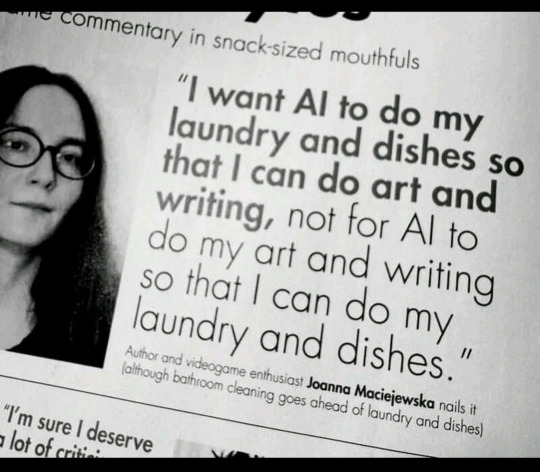
89K notes
·
View notes
Note
I hope this doesn't come across the wrong way, I absolutely do not have the same or even nearly the same struggles as you do, but I am shorter than average (close to around 5 feet, but a bit shower) and I just found your blog and a lot of the disability accommodations you mention that could help little people feel like they would help me too! You actually brought up some things that could help you for accommodations that I wish I knew about sooner - I had no idea that things like the back cushions existed and I'm so sad I didn't know before! I'd love a back cushion! Well now I know! I'm going to get one! I've just been putting pillows behind my back all this time 🤣
Hello! Yes, in the disabled community this is known as universal design! A lot of access tools that help little people are beneficial for short abled folks as well! There's also lots of cross over with wheelchair users (i.e. bars on toilets, ramps instead of stairs, etc.). If something helps you, use it! The more demand there is for an access tool the more they're implemented, so hell yes to universal design!
I also want to say that there's no gate-keeping on this blog! It's fine if abled folk relate to my experience - all are welcome in the name of education!
#disability#universal design#dwarfism#no gatekeeping#dwarfism awareness#disability awareness#little people#asks
36 notes
·
View notes
Text

Glad to see the inclusion of the idea of universal design and why disability access changes so much for people. Gonna be interesting to see how they use it in a GL specifically about being able to lie to someone due to their disability but that's entirely beside the point. It is interesting to see this since Last Twilight really didn't talk about this much because Last Twilight was much more about the pain of loss that can come with disability while Pluto seems to be set much after the acceptance... though maybe not by much, it depends.
But I am glad to see universal design and disability (specifically the severity of a disability) being being based on society rather than the disabled person.
#pluto the series#pluto gmmtv#gmmtv gl#thai drama#thai gl#gl series#gl drama#thai series#asianlgbtqdramas#asian lgbtq dramas#universal design
54 notes
·
View notes
Text

I find this really funny too, but yesterday my mom fell off the hotel tub/shower and hit her head. I don't see a grab bar on this shower, so maybe the hole does indeed work for holding someone's hand (think an elderly or disabled person - or drunk person).
#accessibility#twitter#bathrooms#universal design#bathrooms are deathtraps#let's try to make them less dangerous please
6 notes
·
View notes
Text
The Power of Contrast in Home Design: Active vs. Restorative Spaces

At Daoist Design, we know that a home is more than just a place to live—it’s a space that profoundly impacts how we feel and function. One of the most effective ways to create balance is by designing spaces with distinct purposes, tailoring environments to support both activity and rest.
Consider the living room: a vibrant, social hub where energy flows freely. It’s where conversations unfold, guests are welcomed, and life happens. To encourage connection and engagement, this space benefits from warm lighting, open layouts, and vibrant or uplifting colors, creating an atmosphere that inspires interaction and creativity.
In contrast, the bedroom serves as a sanctuary for rest and emotional recovery—a space to unwind after the day’s demands. Our approach emphasizes the role of lighting, color, and texture in promoting relaxation and sleep. A well-designed bedroom might feature soft, muted tones, ambient lighting, and inviting textures, cultivating a calming and restorative atmosphere.
By balancing active and restorative spaces, we help create homes that fulfill the full spectrum of our clients’ needs. Energizing spaces spark connection and vitality, while calming spaces provide the peace needed to recharge. Together, these elements form harmonious environments where our clients can truly thrive.
0 notes
Note
I'm writing fanfiction for a piece of media where a vast majority of the people in the world are little people. What would be some notable everyday differences for a world primarily built around little people versus a world primarily built around not-little people? The first and only thing that comes to mind are that bicycles would be built for different proportions, but that's it.
Hello! Gosh so much would be different!
Counters would be about 2-2.5 feet off the ground, and chairs would have shorter legs and seats
High shelves would likely need to be on some sort of rotating system so all the shelves could be accessed from low down - think the ones from Wall-E!!
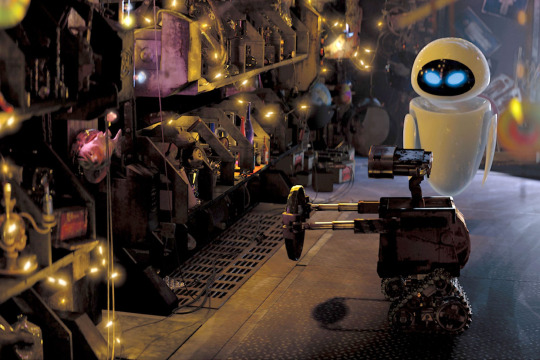
Things would need to be fully accessible for mobility aids, and steps would be shorter and closer together
Farming would be done on raised beds
Far more goods and products would be sized down to Little proportions - including clothes, tools, furniture, houses, etc.
Checkout counters would be lower
Automobiles would run tests on Little dummies, and change airbag patterns to prevent whip-lash
Public spaces would have low sinks, toilets, and changing tables
Hospital beds and furniture would be low enough for little people to use without assistance, and more research would be put towards properly dosing Little patients
And gosh, so much more..
-Elliot (they/them)
77 notes
·
View notes
Text


Crazy how the person you've been following for Team Rocket memes suddenly reached for the stars. But to celebrate another artist's success, I present to you another AU! Because we need more of those in this new fandom and I like the cliché trope of a traitor love interest. XD Though I admit this small doodle idea got way out of hand. Still, do you see the vision??? (🌕v🌕) -Bubbly💙

#Made this post awhile ago#but only got to share it now#spacebubblearts#doodle#indie animation#youtube#kiana mai#pretty pretty please i don't want to be a magical girl#idwtbamg#pppidwtbamg#representation matters#magical girl#traitor#alternate universe#cliché#trope#practice#i went too crazy with#as usual#character design#fanart#my art#heyyy new fandom (sort of)!#real life highschool loser#zira#aika#zaraika#artist support artists#best friends#love interest
7K notes
·
View notes
Text
This needs to be shouted. No, get well soons or prayers will send our progressive issues. Yet, everyday we push & try to thrive in a world & in bodies trying to keep us down. Have you ever had to endure all your friends & family slowly slipping away and seeing what makes the world accessible & safe for you cause them annoyance? Yet, we move on & need this reminder.
anyway here's to disabled people who are not healing. disabled people who are not recovering, ever. people with disabilities that only get worse and worse over time. people who cannot access treatment for their disabilities or whose disabilities simply aren't treatable. people who know they'll only get more and more disabled as time goes on. people who know their disability will kill them sooner or later. you are seen, you are important, you are not dead weight, and you deserve support.
#personal#disabled#disability#rheumatoid arthritis#power#loss#family#friendship#universal design#burden#accessability
16K notes
·
View notes